Whether you believe in diving in elbows-deep as soon as your mare is in labour, or standing back until you are needed, there are some items you should always have on hand in your foaling kit.
It is handy to store items in a container that is easy to carry – a bucket or trug, etc. I prefer something more open, like a toolbox tray, as it is easier to spot items in a hurry if needed.
If you intend to leave your foaling kit stall side, my advice would be to have storage you can cover, as it is not something you want getting dirty!
Most foaling attendants I’ve encountered like to give a new foal a brisk rub with an old towel. This is not to dry them, but rather to stimulate them to breathe. If the weather is particularly cold, drying the foal can be advantageous, but it is not always necessary. A twist of hay or straw could also be used to rub the foal to stimulate it if a towel is not at hand.
Short examination gloves are useful for any handling of the foal, especially the umbilical cord, which you want to keep as clean as possible. There are many options available, and it comes down to personal preference. Nitrile exam gloves are my choice – once on they stay put, and they don’t tear easily. I find them the best for gripping slippery wet foal legs, and I far prefer them for handling the placenta.
Long veterinary sleeve gloves are used when checking presentation, as they allow you to reach into the birth canal without worrying about losing them inside your mare!
Veterinary lubrication gel is always useful in case of a dystocia or a tight foaling, as lubrication can make it easier to guide the foal out.
Iodine or chlorhexidine for disinfecting the navel are critical, no matter how much you believe in minimising assistance. The umbilical stump is a prime location for the entry of infectious agents, and failure to keep this site adequately sprayed/dipped can lead to life-threatening complications, joint ill or neonatal sepsis being the most obvious.
It is always best to have a plastic measuring jug, a bottle, and a teat in your foaling kit. If you don’t have access to livestock teats etc., human baby bottles and teats will do. If you are struggling to get a foal to latch, etc., feeding colostrum via bottle may become necessary.
A potentially contentious inclusion is that of enemas. Every single professional foaling attendant I have interacted with will tell you that their common practice is to administer an enema as routine to every foal after birth. Foals, in particular colts, are susceptible to meconium impaction after birth, and it can cause colic of varying degrees of severity. Human enemas can be purchased at most pharmacies, although it has to be noted that they are NOT licensed for use in equines. Some foals may require a second enema, so at least two would be advisable for your foaling kit.
A clean bucket, warm water, a mild veterinary disinfectant (such as chlorhexidine), and cotton wool are good to have, to clean your mare’s hindquarters and udder. Please note care must be taken with this, as even the steadiest of mares may act unpredictably at foaling!
Many people wish to wrap a mare’s tail before foaling. It has to be noted, this SHOULD NOT be done for extended periods of time, as it can damage the tail to the point of necessitating amputation.
Options include a traditional cotton or elastane tail bandage, vet wrap, veterinary plastic wrap, an old sock or stocking, even a long veterinary sleeve glove, etc. You may choose to just loosely braid your mare’s tail, but care must be taken not to braid too low, as a newborn foal leg can become trapped in the braid and snap… If braiding is your preference, substitute hair bands, etc. for the tail bandage.
A knife, scalpel blade, or a pair of sharp scissors is another essential. This can be vital if your mare presents with a red bag, and you have to get the placenta open in a hurry. Some people include such in case of the navel cord not snapping on its own, however, the navel cord should NOT be cut etc. if you are inexperienced.
Other things can be included, but may not be regarded as absolute essentials.
Navel clamps can be used for clamping the site where the umbilical cord breaks. Dental floss is often on foaling kit lists, for tying off a navel cord, but again, this is not something that should be done without either veterinary consultation or vast experience.
A variety of syringes of different capacities are always useful to have on hand, and needles. They can also be used without needles for administration of oral medication to the mare and/or foal.
Some form of storage/disposal for the placenta is advisable, such as an old bucket with a lid, or a plastic rubbish bin liner, etc.
A piece of baling twine or string is handy to have tucked away, for tying up the placenta as it drops.
Other useful items are disinfectant wipes/spray, a thermometer, a torch, etc.
A notebook and pen are good to have, to record notes and milestones.
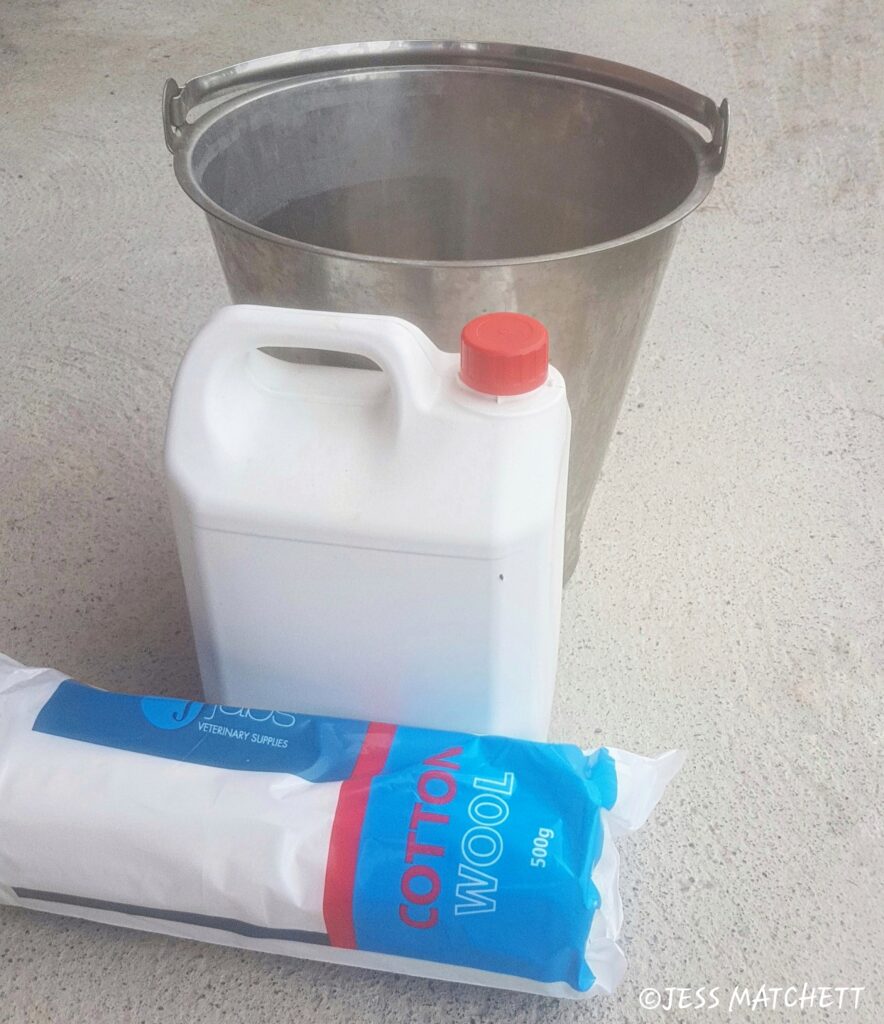
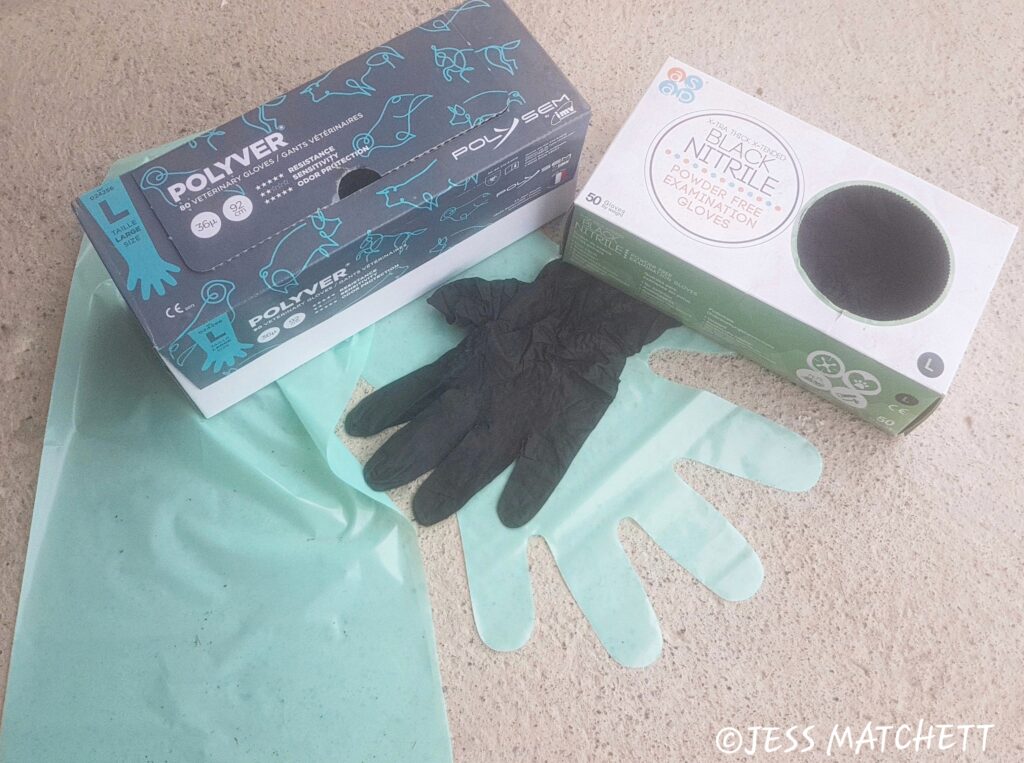
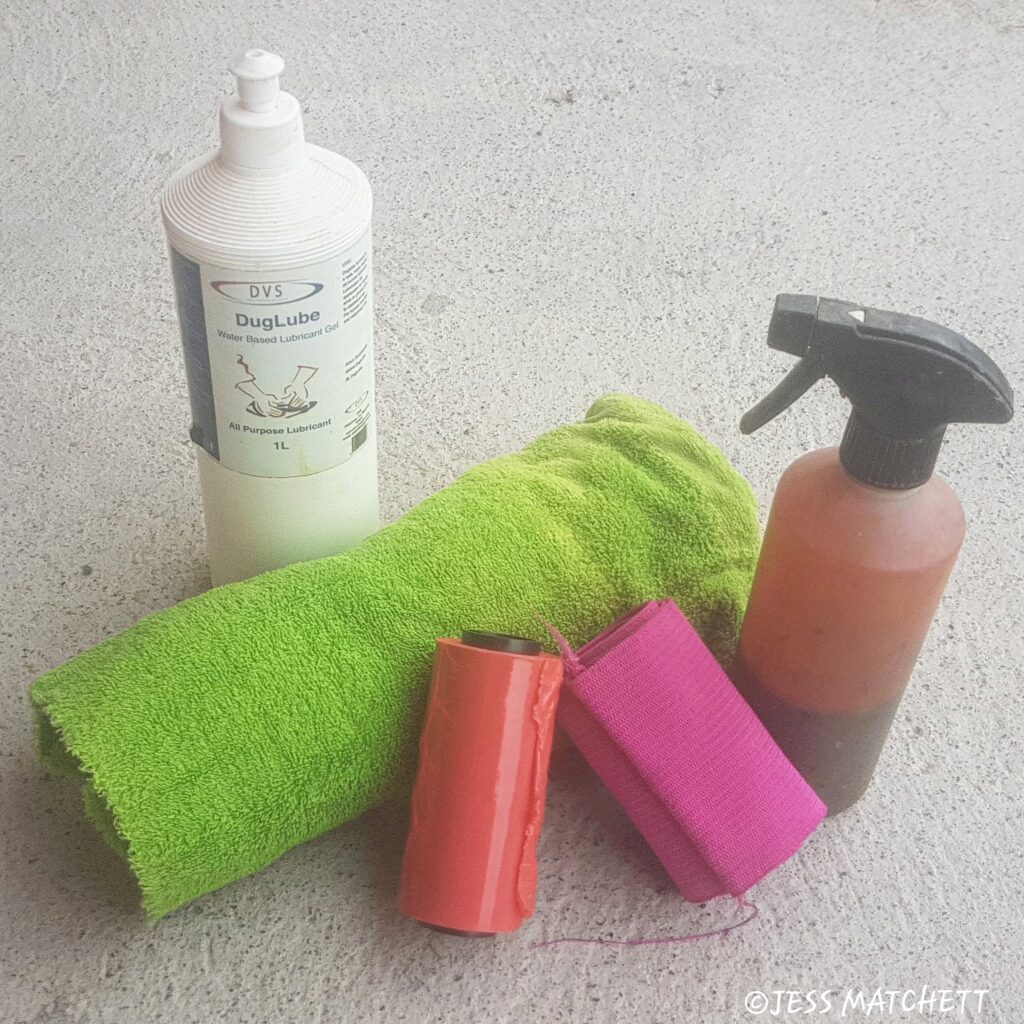
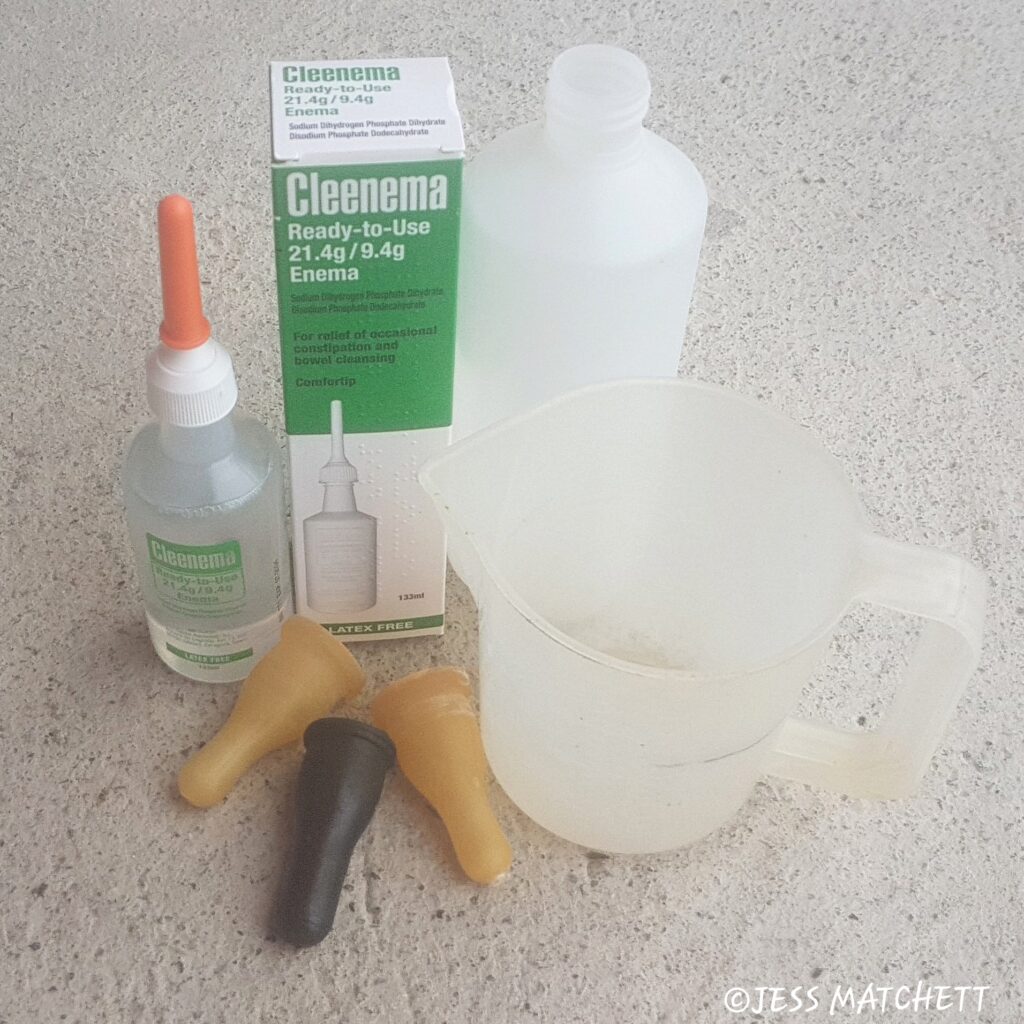
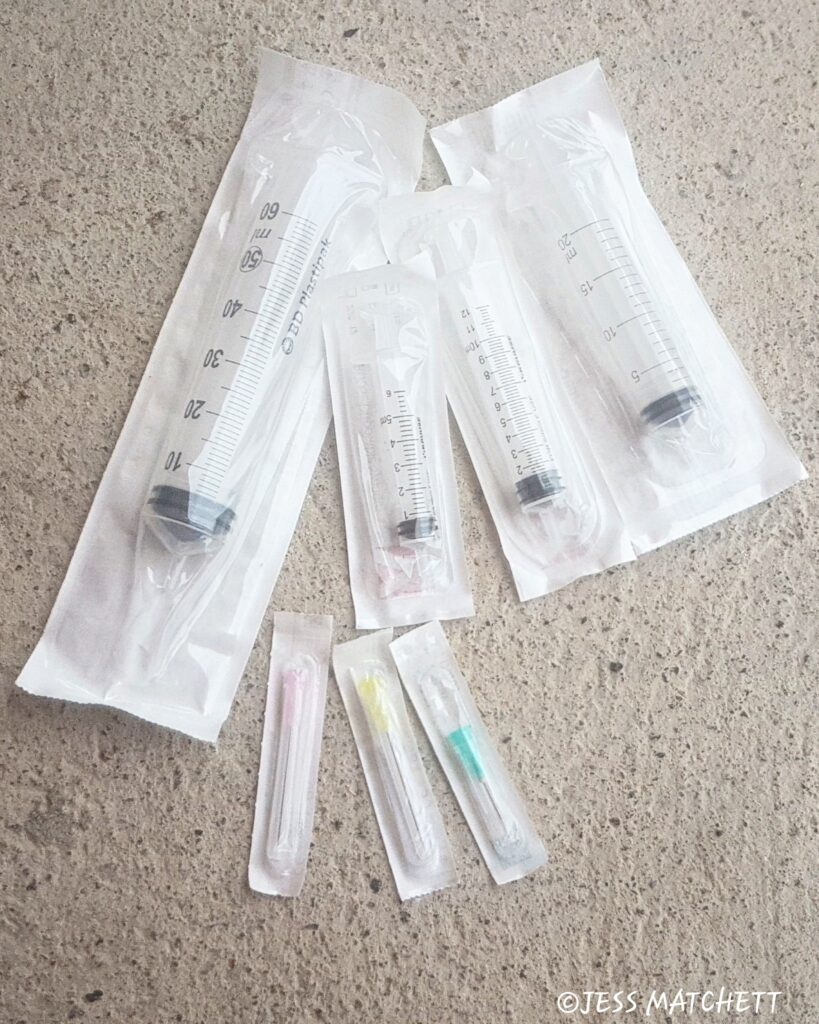
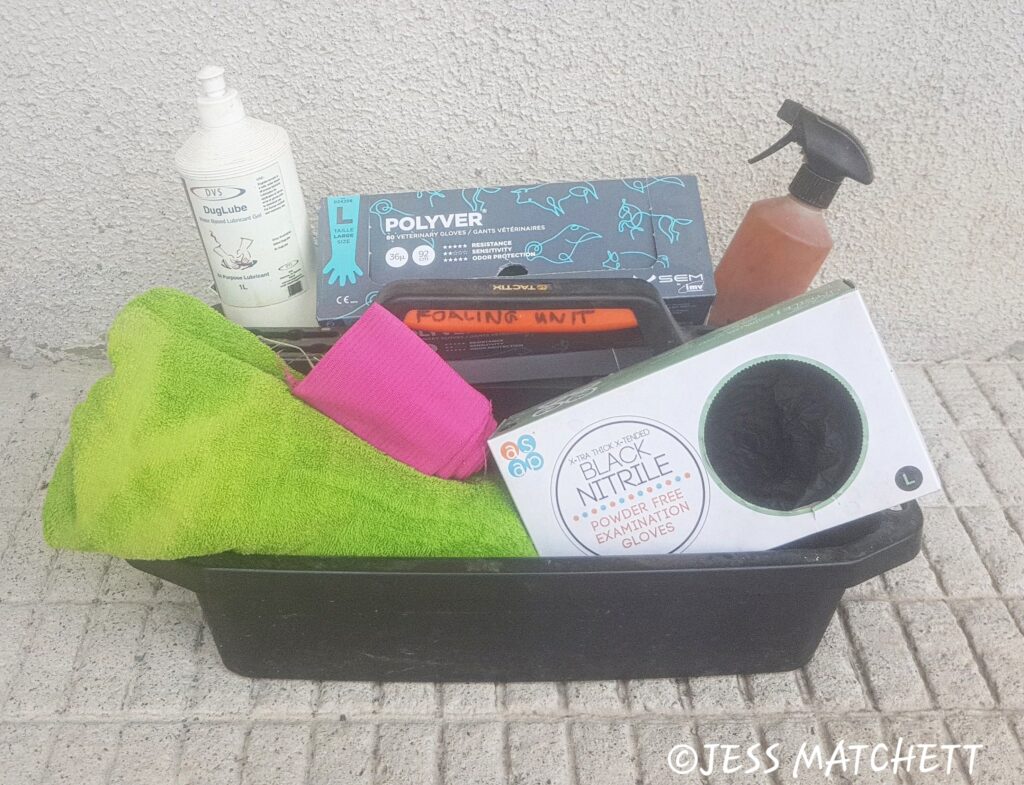
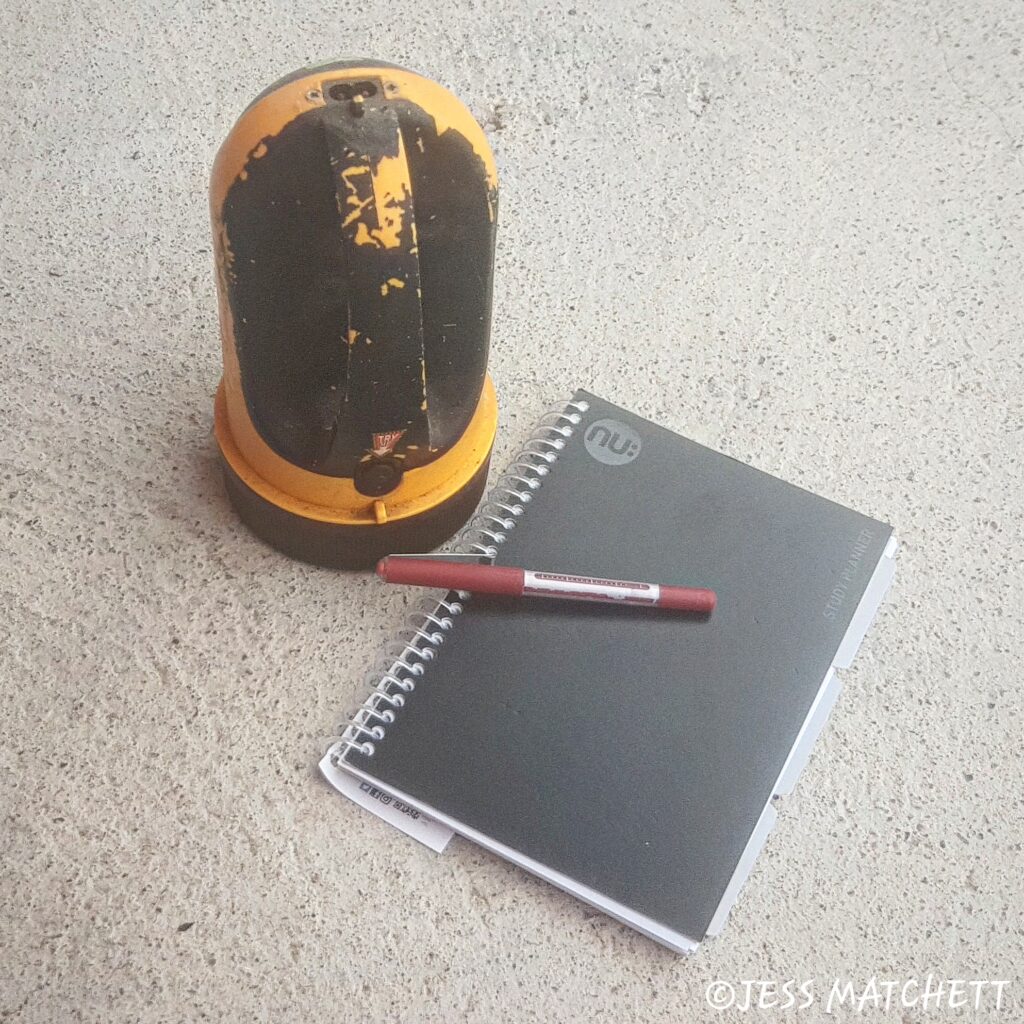
Some items which studs have on hand may not be readily accessible to the layperson, such as oxygen, pain relief medication and/or sedation for the mare, stimulant medication in case of an unresponsive foal, etc. It is worth discussing with your veterinarian, in particular, about pain relief for the mare, as a painful mare can sometimes be incredibly uncooperative when trying to get a foal to latch to suckle.
People with experience foaling will develop their own preferences and “must haves” to include in their foaling kits. Hopefully, I have given you an idea of the true essentials and basics!
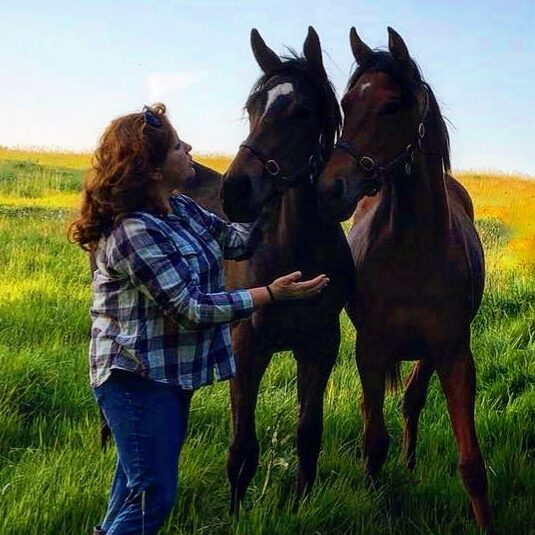

Share
Your subscription is 100% Free for our first year, No credit card details required.

The Judging Concerns That Keep Coming Back — And Why They Can’t Be Ignored Anymore We didn’t make it to

There are few sporting events that live up to the hype. Wimbledon? Too many strawberries. Cheltenham? Too many suits. But
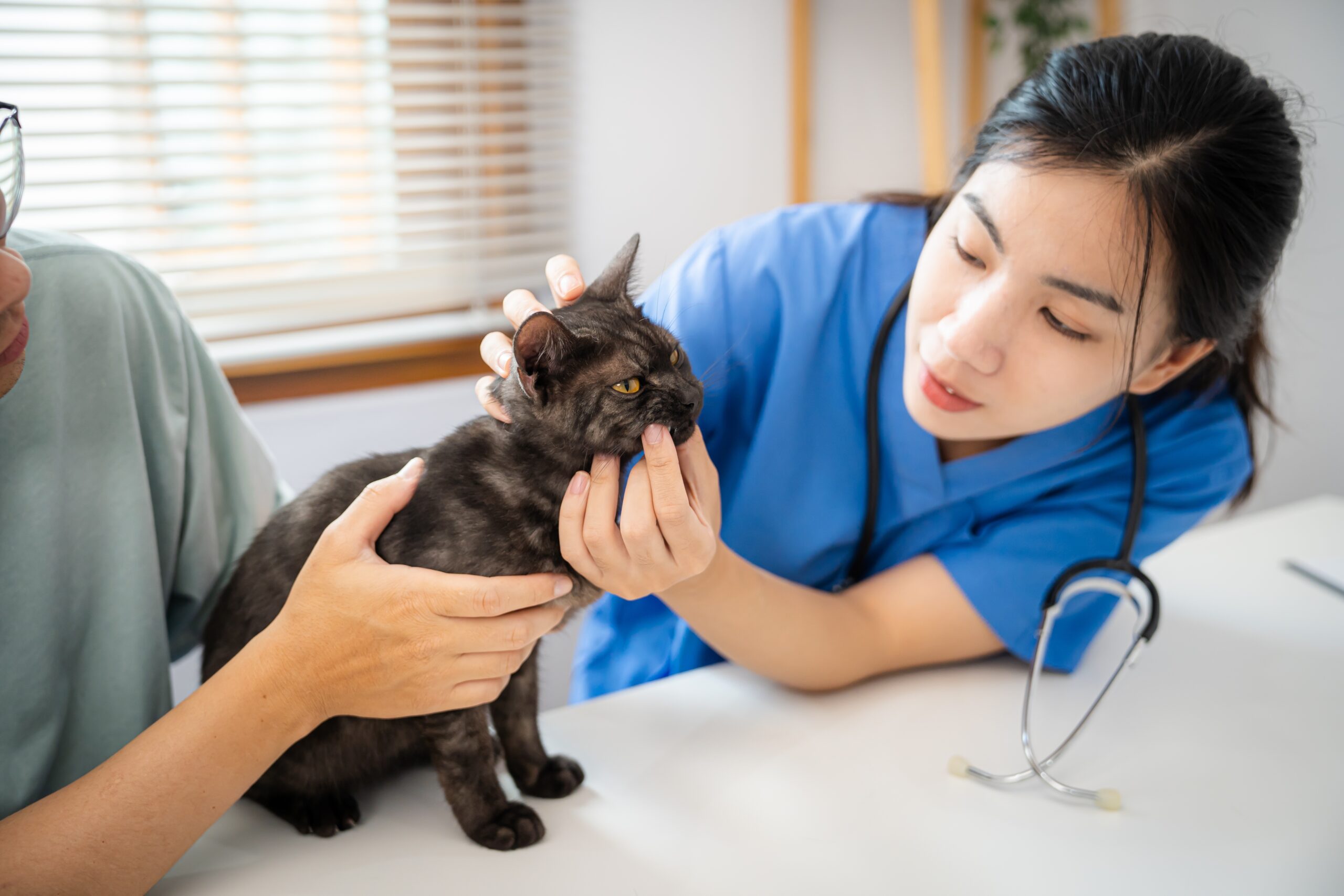
British Veterinary Association publishes full response to Competition and Markets Authority’s proposed remedies for veterinary market for household pets. The